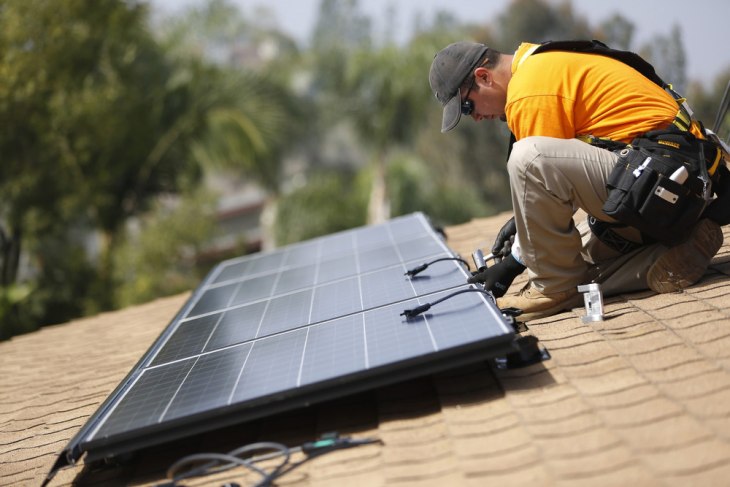 Applications are being accepted now for
grants from the
USDA Rural Energy for America Program (REAP).
According to
Bryan Zulko, the amount of funds available
is still being worked out, and an announcement is expected in
February.
Meanwhile, the number of applications is low this year.
To me that means that if you want to apply, you’ve
got a better chance than usual of getting in.
Applications are being accepted now for
grants from the
USDA Rural Energy for America Program (REAP).
According to
Bryan Zulko, the amount of funds available
is still being worked out, and an announcement is expected in
February.
Meanwhile, the number of applications is low this year.
To me that means that if you want to apply, you’ve
got a better chance than usual of getting in.
Section 9007 of the 2008 Farm Bill established a grant, loan, and loan guarantee program to assist eligible farmers, ranchers, and rural small businesses in purchasing renewable energy systems and for making energy efficiency improvements.
Eligible projects include Continue reading











